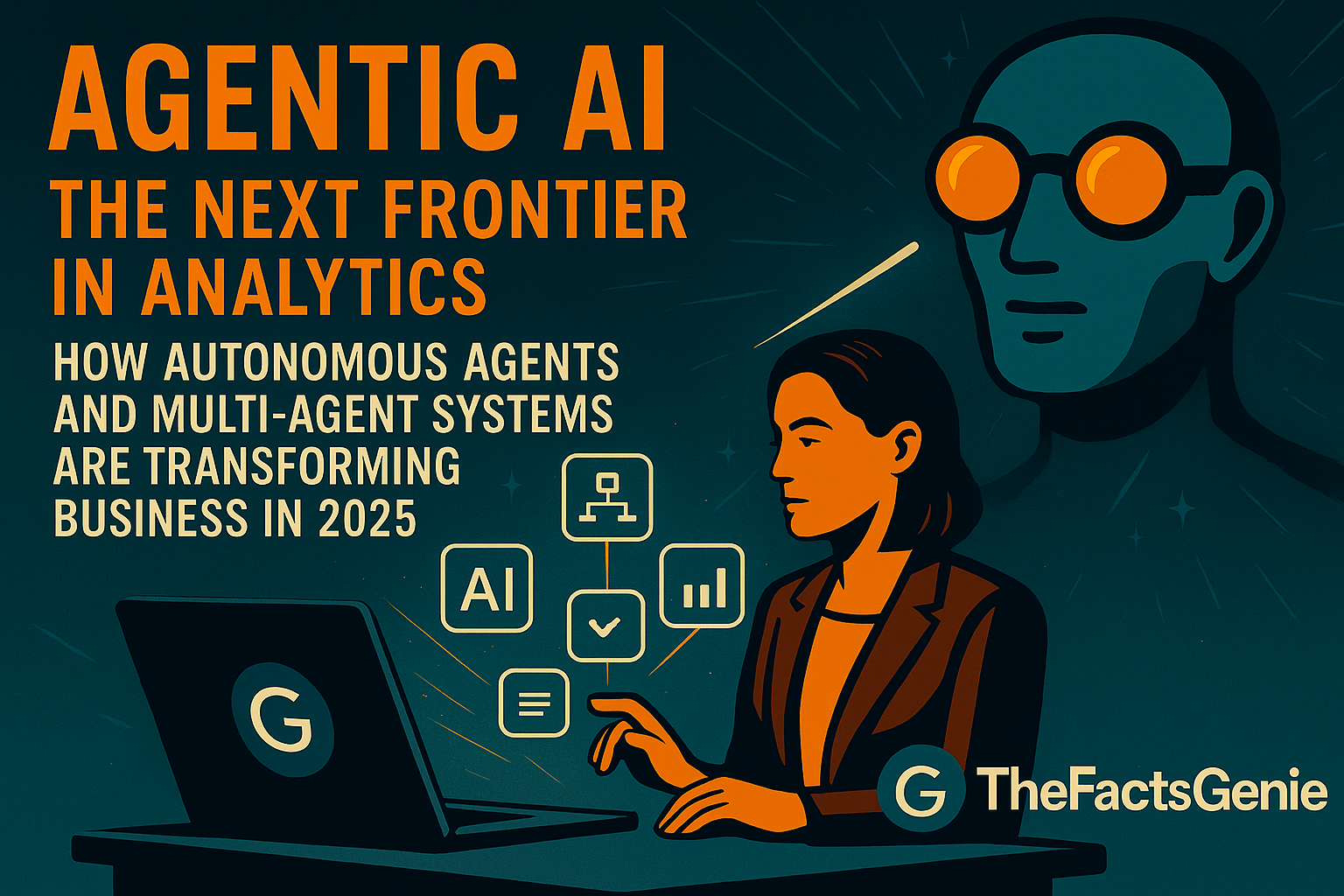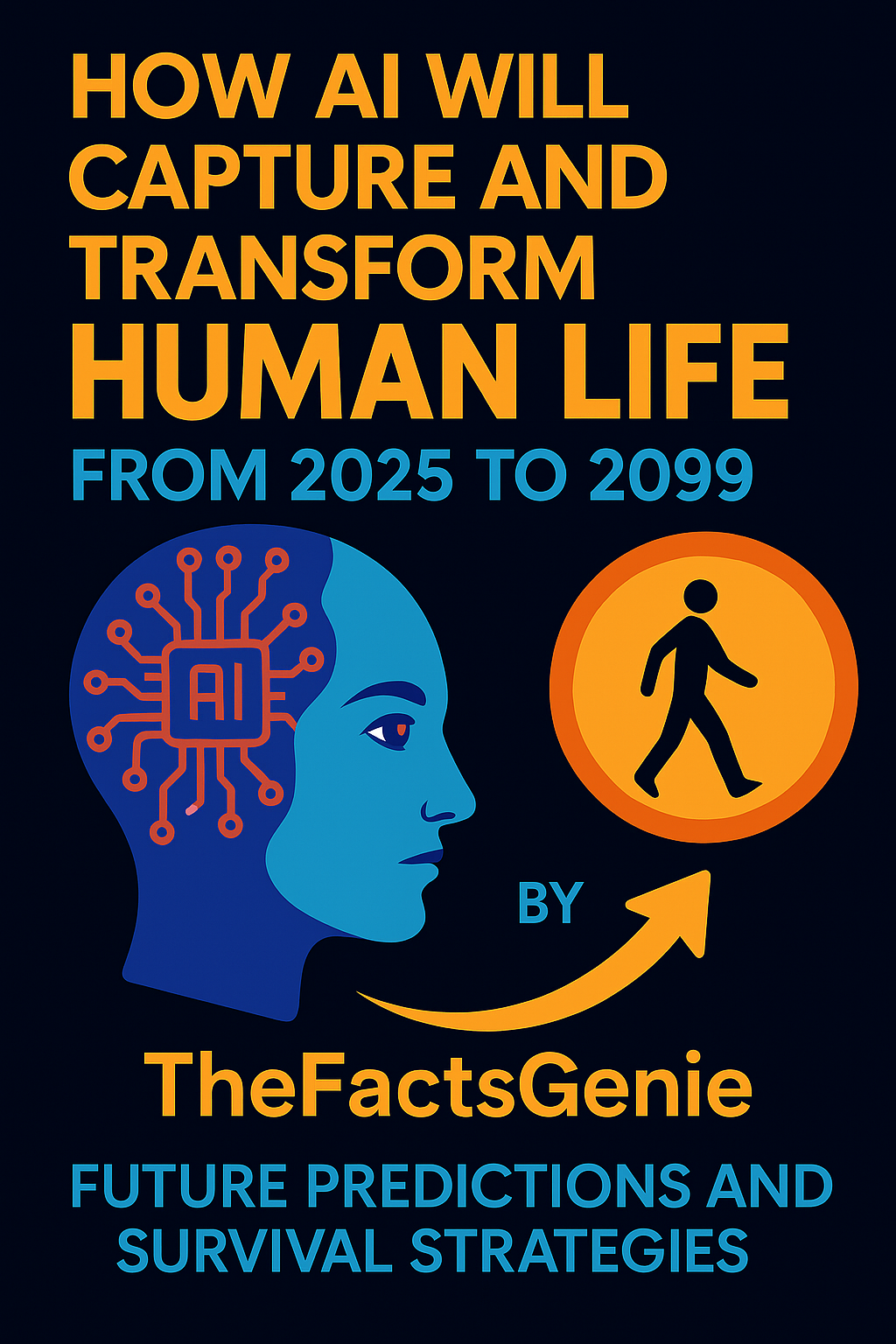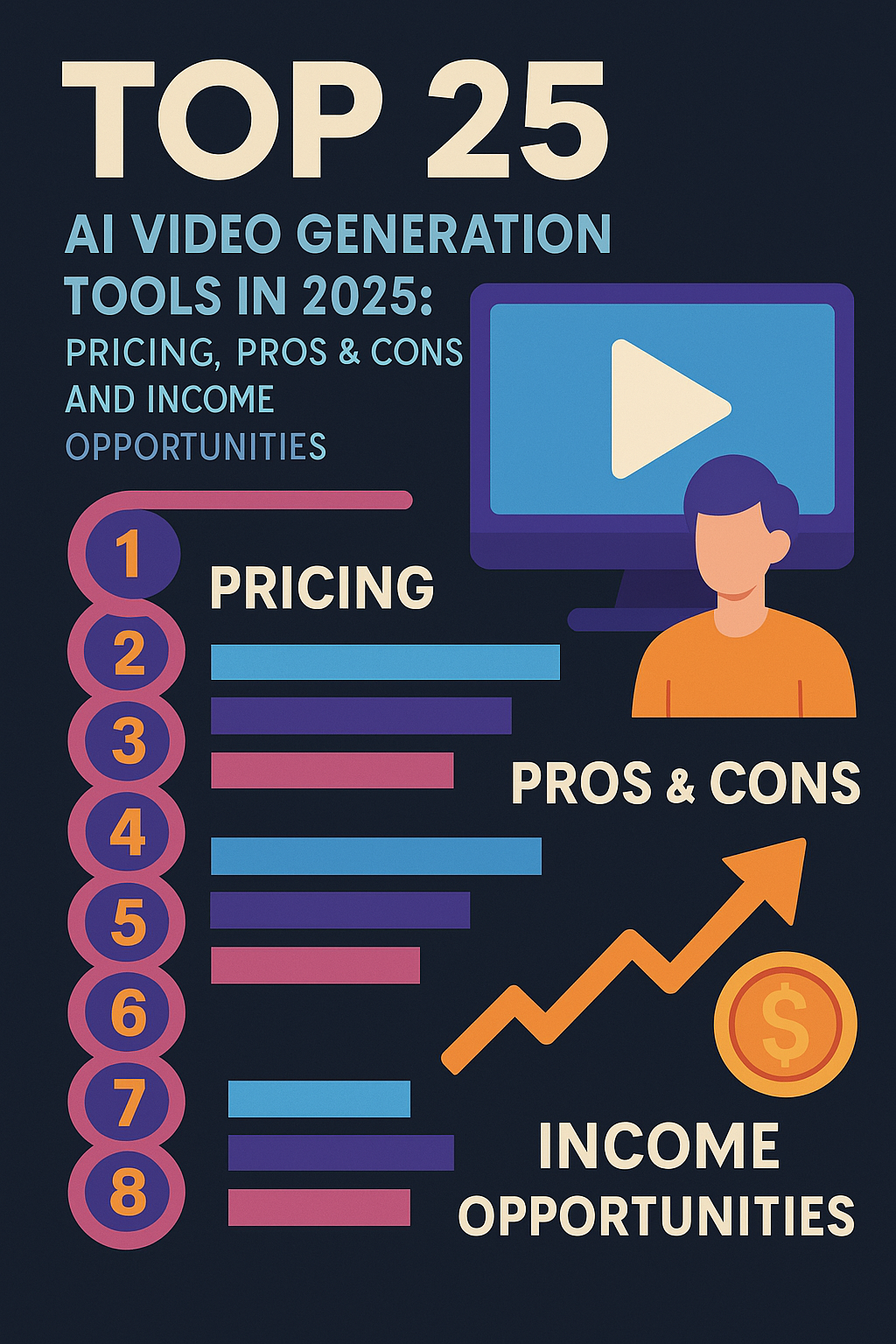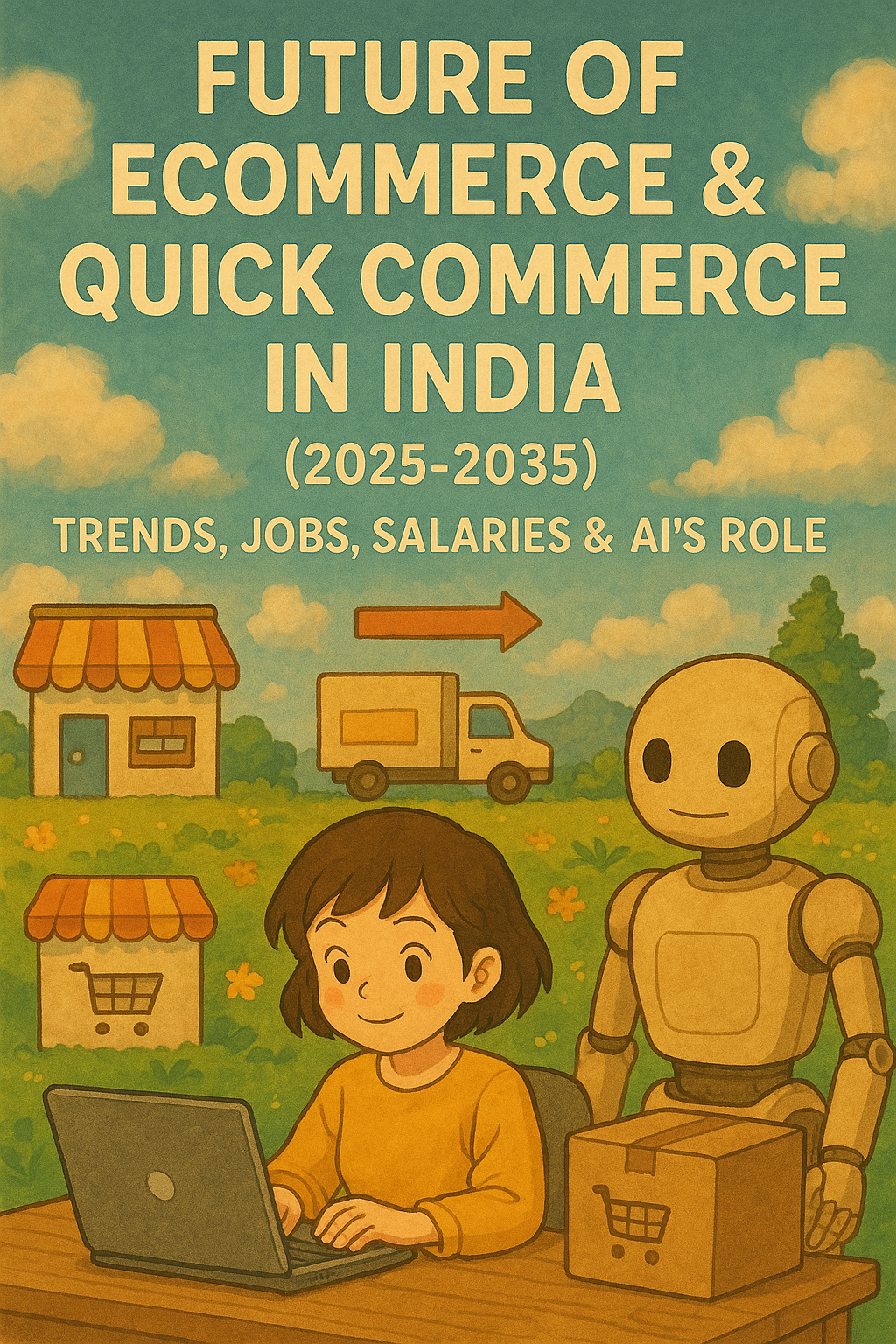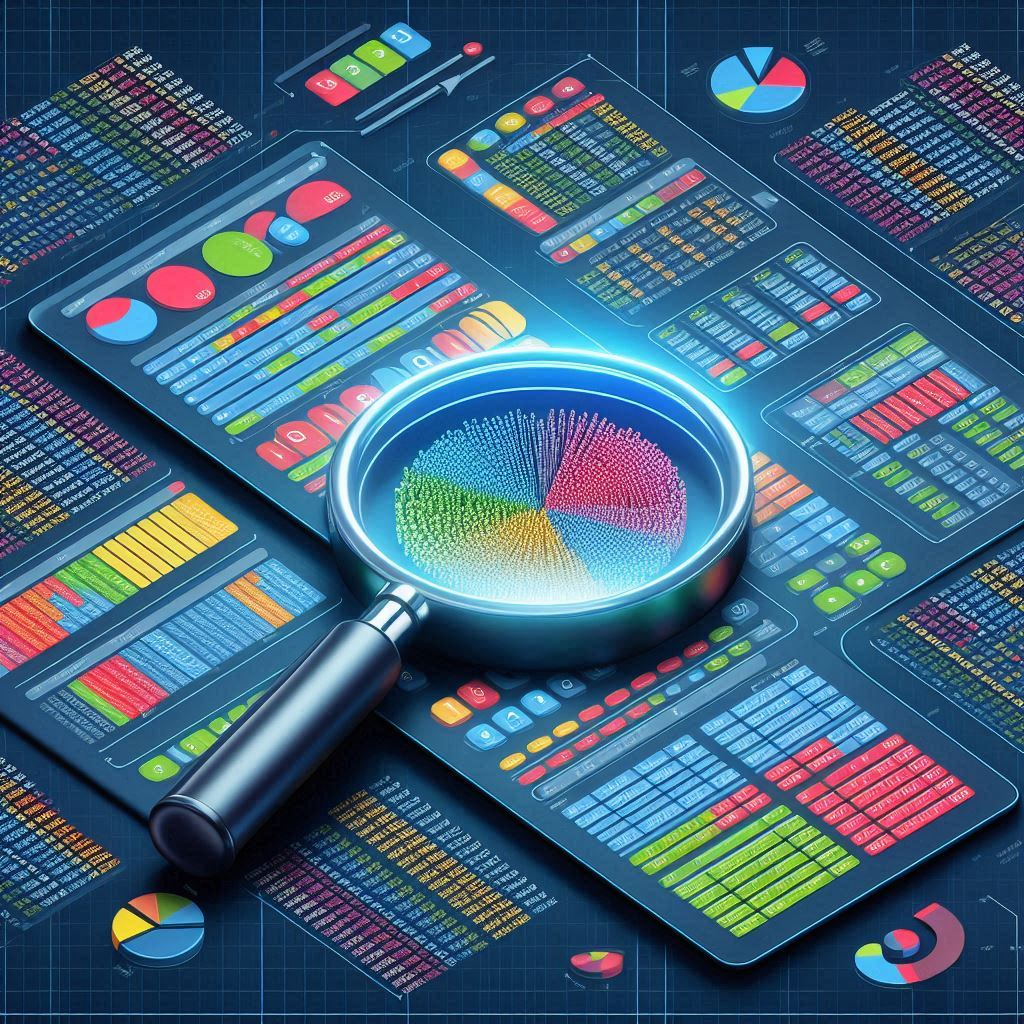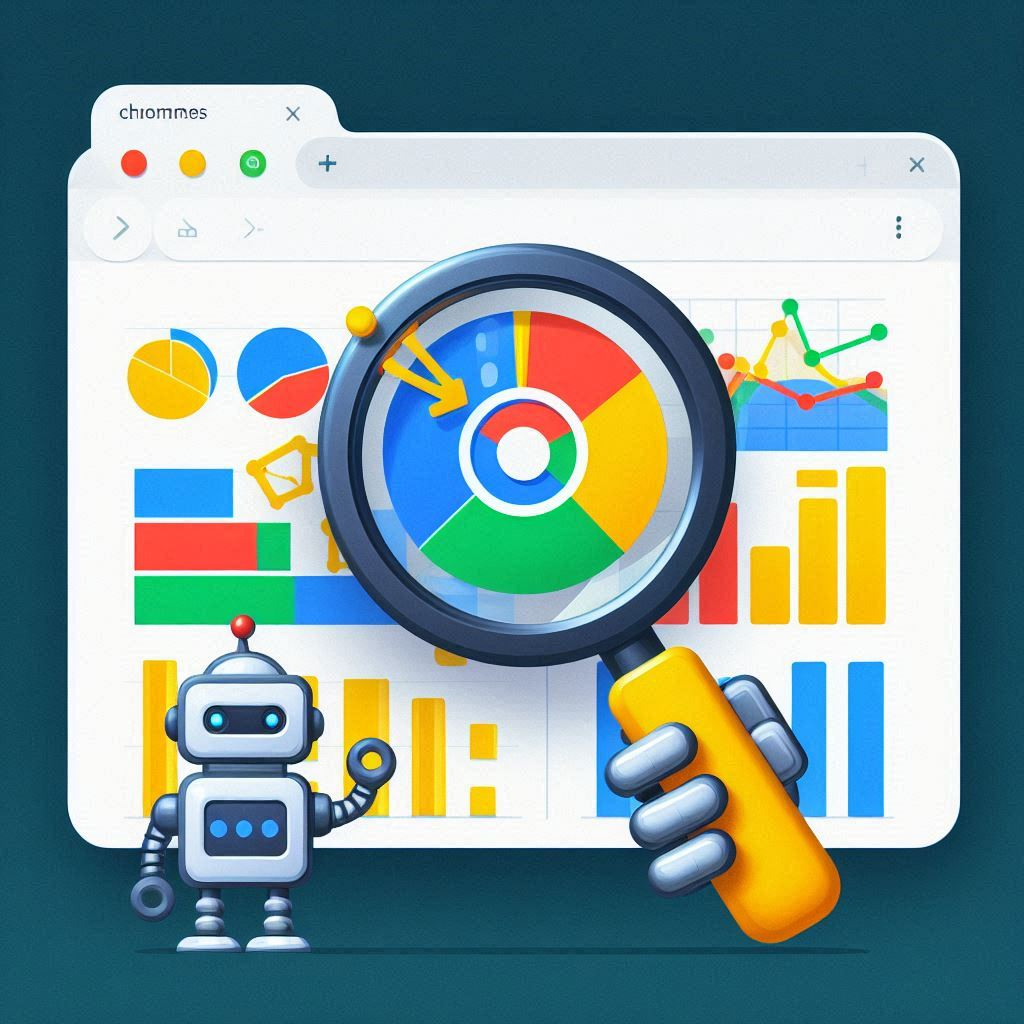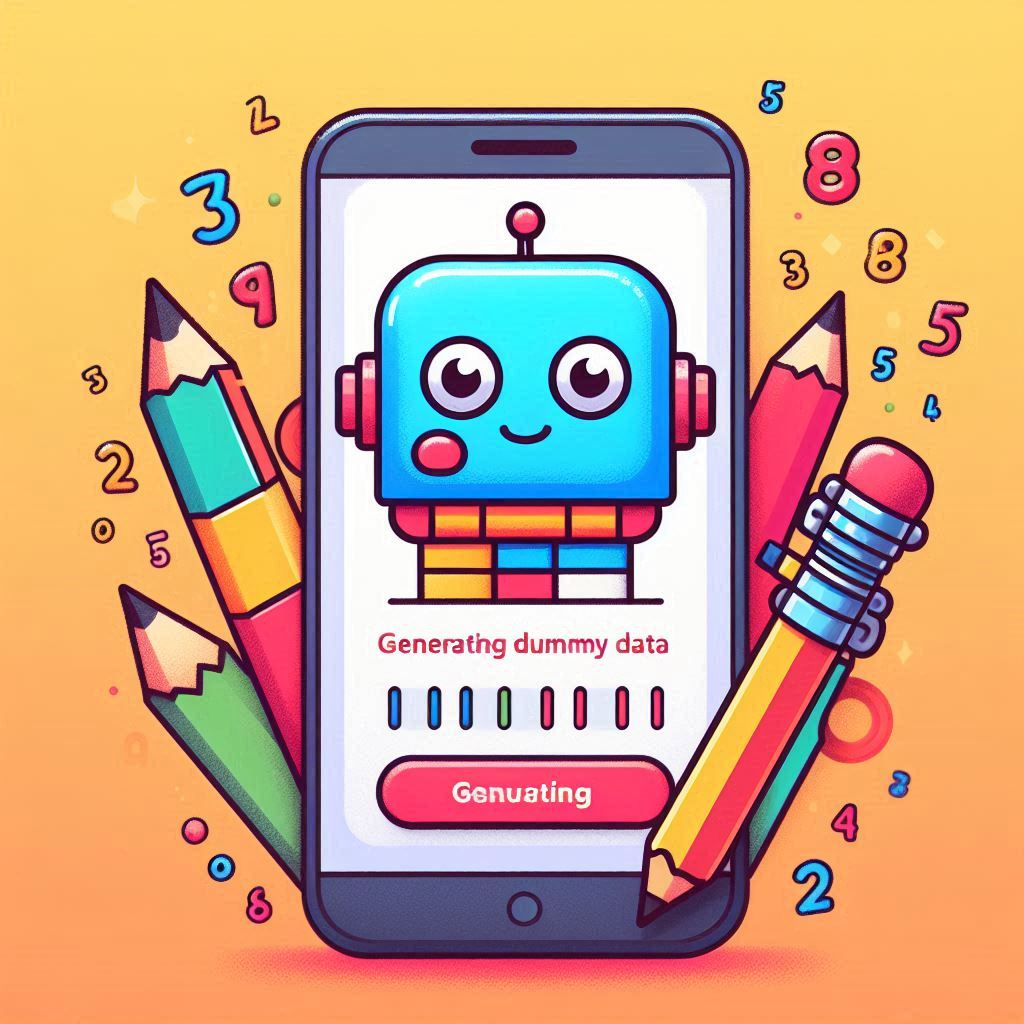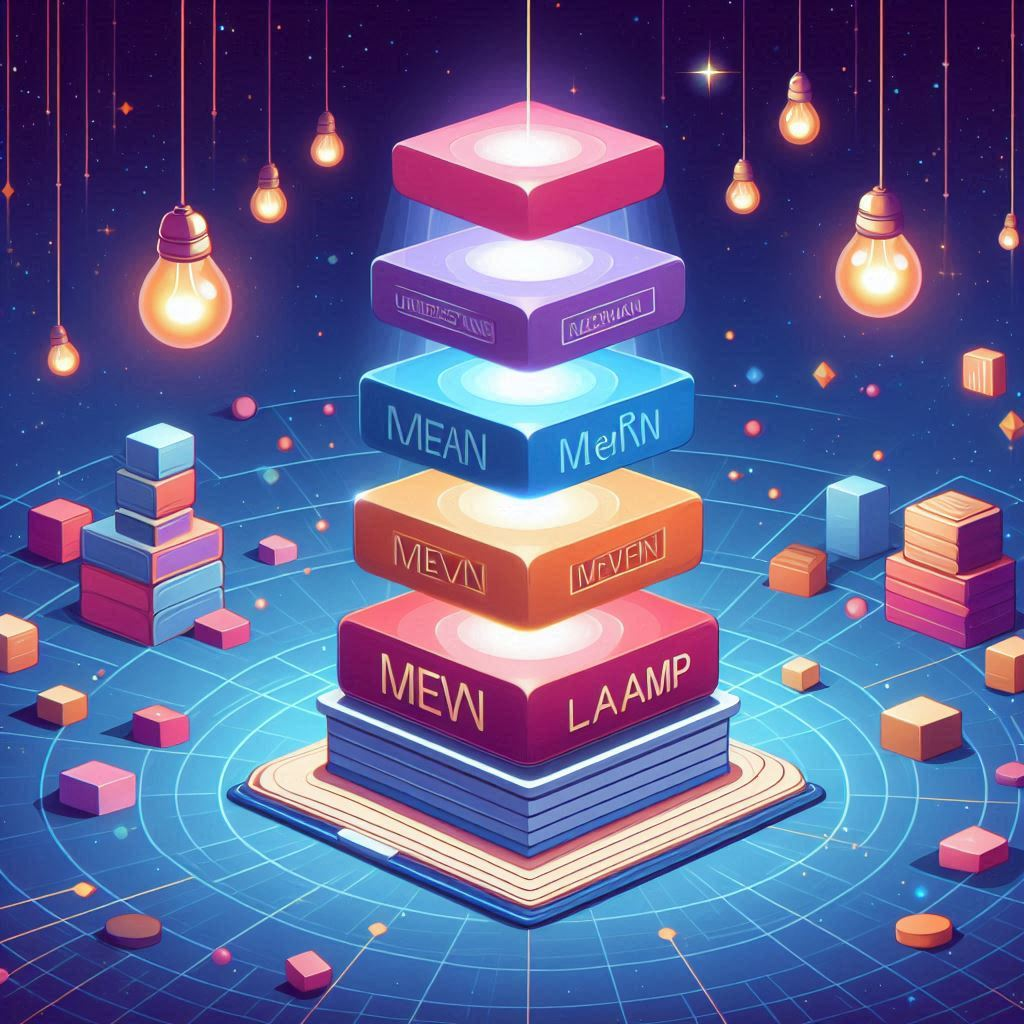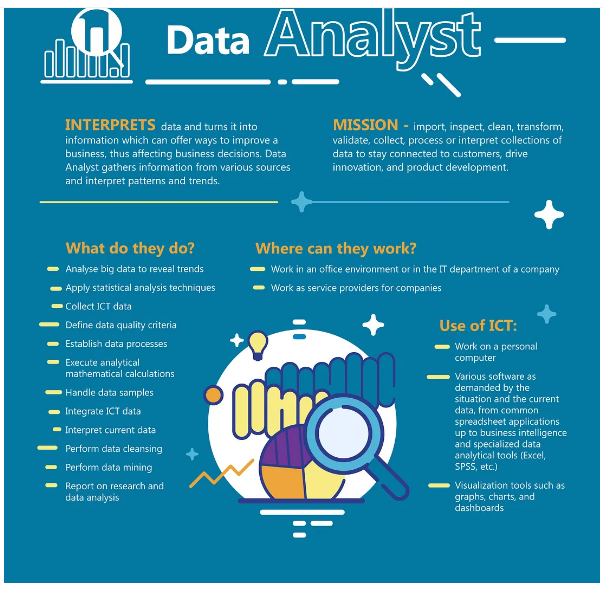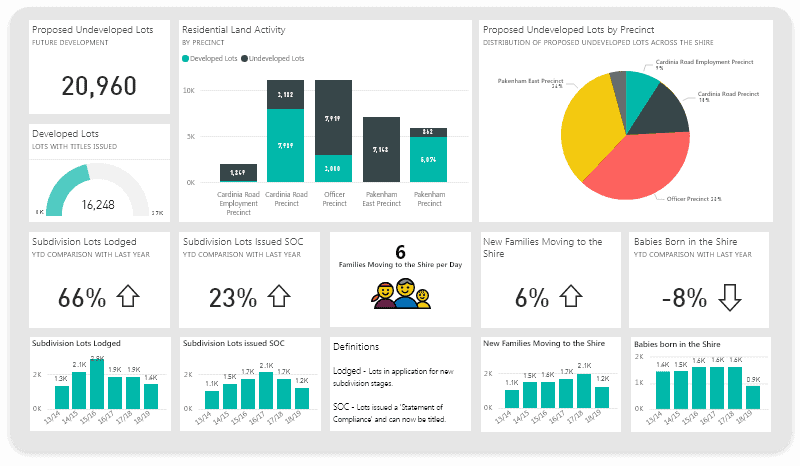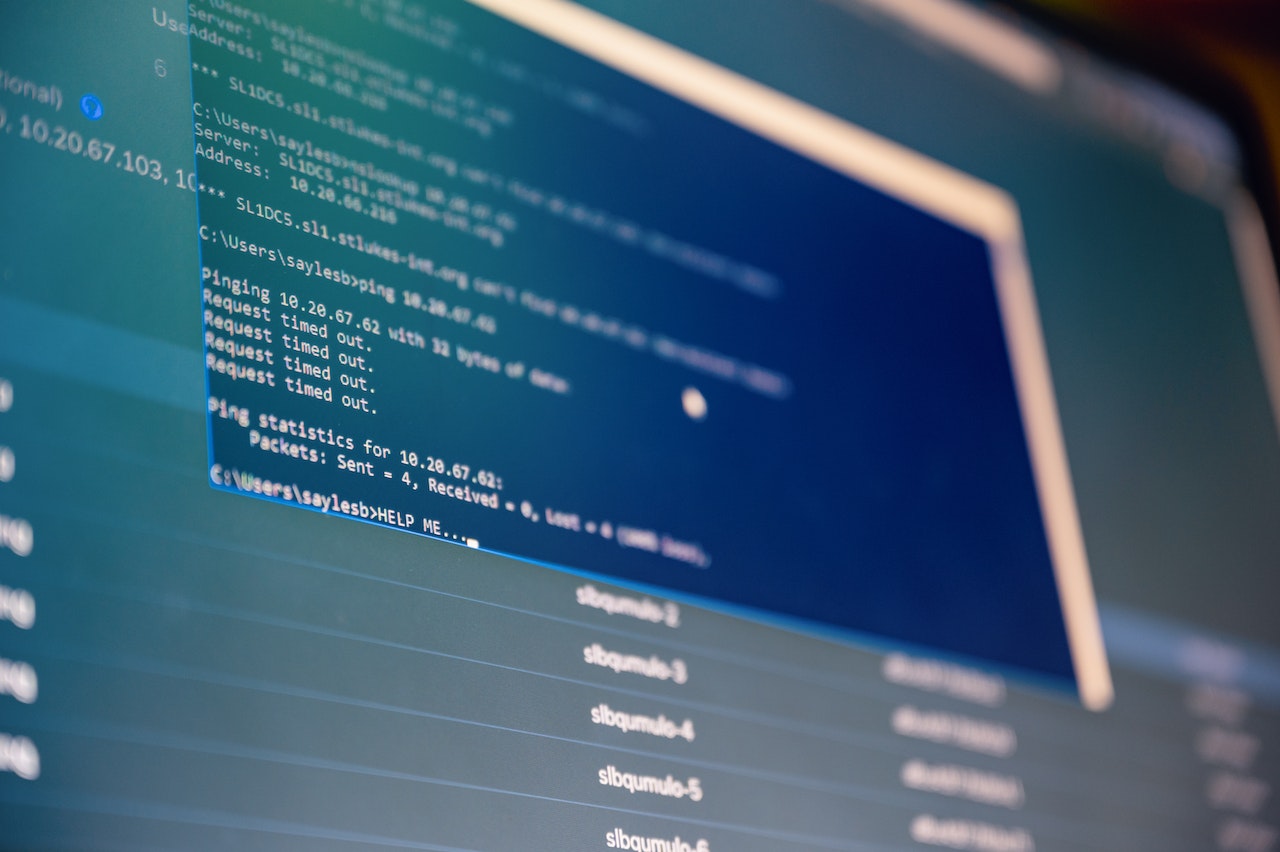
Python Full Stack Development: A Comprehensive Guide
In the rapidly evolving world of technology, the demand for skilled full stack developers has never been higher. Among the various programming languages available, Python has emerged as a popular choice for full stack development due to its simplicity, versatility, and extensive libraries. In this blog post, we will delve into the world of Python full stack development, exploring its components, benefits, and how to get started.
What is Full Stack Development?
Full stack development refers to the development of both the front end (client-side) and back end (server-side) of a web application. A full stack developer is proficient in working with databases, servers, systems engineering, and clients. This role requires a broad skill set that spans various technologies and tools.
Front End Development
Front end development involves creating the user interface (UI) of a web application. This includes everything that users see and interact with in their web browsers. Technologies commonly used in front end development include:
- HTML: The standard markup language for creating web pages.
- CSS: A style sheet language used for describing the presentation of a document written in HTML.
- JavaScript: A programming language that allows you to implement complex features on web pages.
Back End Development
Back end development focuses on the server-side of a web application. This involves working with databases, server logic, authentication, and API integration. Commonly used technologies in back end development include:
- Python: A versatile and easy-to-learn programming language that is widely used in back end development.
- Django: A high-level Python web framework that encourages rapid development and clean, pragmatic design.
- Flask: A lightweight WSGI web application framework in Python.
Why Choose Python for Full Stack Development?
Python is an ideal choice for full stack development for several reasons:
- Simplicity and Readability: Python’s syntax is clear and easy to understand, which reduces the learning curve for new developers.
- Versatility: Python can be used for various types of programming, including web development, data analysis, artificial intelligence, and more.
- Extensive Libraries and Frameworks: Python has a rich ecosystem of libraries and frameworks, such as Django and Flask, which simplify the development process.
- Community Support: Python has a large and active community, providing a wealth of resources, tutorials, and support for developers.
Components of Python Full Stack Development
Front End Technologies
While Python itself is not used for front end development, it integrates well with front end technologies like:
- HTML/CSS: Essential for structuring and styling web pages.
- JavaScript: Used for adding interactivity and dynamic behavior to web pages.
- Front End Frameworks: Frameworks like React, Angular, or Vue.js can be used alongside Python to create modern, responsive user interfaces.
Back End Technologies
Python plays a central role in back end development with tools and frameworks such as:
- Django: A high-level web framework that enables rapid development of secure and maintainable websites. Django includes an ORM (Object-Relational Mapping) layer, authentication, and an admin interface out of the box.
- Flask: A micro-framework for Python that allows developers to build web applications quickly and with greater flexibility.
- SQLAlchemy: A SQL toolkit and ORM for Python, providing a full suite of well-known enterprise-level persistence patterns.
Databases
Managing data is a crucial part of full stack development. Python can interact with various databases, such as:
- SQLite: A lightweight, disk-based database that doesn’t require a separate server process.
- PostgreSQL: An open-source, powerful, and highly scalable object-relational database system.
- MySQL: Another popular open-source relational database management system.
DevOps and Deployment
Deploying a Python full stack application involves several tools and practices, including:
- Docker: A platform that allows developers to package applications into containers, ensuring consistency across multiple environments.
- AWS: Amazon Web Services offers scalable cloud computing solutions for deploying applications.
- CI/CD Tools: Tools like Jenkins, GitHub Actions, or CircleCI automate the testing and deployment process.
Getting Started with Python Full Stack Development
1. Learn the Basics
Start by learning the basics of HTML, CSS, and JavaScript. These are essential for front end development.
2. Master Python
Gain a strong understanding of Python. Focus on its syntax, data structures, and basic programming concepts.
3. Explore Frameworks
Learn Django or Flask for back end development. Start with simple projects and gradually move on to more complex applications.
4. Database Management
Familiarize yourself with SQL and database management systems like PostgreSQL or MySQL.
5. Front End Frameworks
Learn a front end framework like React, Angular, or Vue.js to create dynamic and responsive user interfaces.
6. Version Control
Use Git for version control. Platforms like GitHub or GitLab are essential for collaborating on projects and managing code.
7. Build Projects
Start building full stack projects. This will give you practical experience and help you understand how different components interact.
8. Deployment
Learn how to deploy your applications using services like Heroku, AWS, or Docker.
Conclusion
Python full stack development is an exciting and rewarding field that offers numerous opportunities for developers. With its simplicity, versatility, and robust ecosystem, Python is an excellent choice for building modern web applications. By mastering both front end and back end technologies, you can become a proficient full stack developer and create seamless, efficient, and user-friendly web applications. Start your journey today and explore the limitless possibilities of Python full stack development!








